Radiofrequency Ablation: A Guide to Long-Lasting Pain Relief
Introduction
Chronic pain affects millions of people worldwide, impacting daily life and overall well-being. If you suffer from conditions like arthritis, back pain, or nerve-related discomfort, you may be searching for effective, long-lasting relief. Radiofrequency ablation (RFA) has emerged as a minimally invasive procedure that provides significant relief from pain without the need for major surgery.
In this blog, we’ll dive into everything you need to know about radiofrequency ablation, including how it works, its benefits and risks, and what to expect during and after the procedure.
What is Radiofrequency Ablation?
Radiofrequency ablation, often abbreviated as RFA, is a medical procedure that uses heat generated by radio waves to destroy specific nerve fibers. By targeting the nerves that transmit pain signals, RFA helps prevent these signals from reaching the brain. This minimally invasive treatment is most commonly used to manage chronic pain in the spine, neck, lower back, and joints.
Common Uses of Radiofrequency Ablation
RFA is often recommended for patients who have tried other pain management options with limited success. It can be an effective treatment for:
Chronic back pain (e.g., facet joint pain)
Arthritis-related pain in the spine or joints
Neck pain stemming from whiplash or nerve impingement
Pain from degenerative disc disease
Knee or hip joint pain for patients who aren’t ready for or can’t have surgery
How Does Radiofrequency Ablation Work?
RFA works by creating a lesion (targeted burn) on the nerves responsible for transmitting pain signals. Here’s a quick overview of the RFA procedure:
Preparation: You’ll typically receive a local anesthetic and light sedation to keep you comfortable.
Imaging Guidance: Using fluoroscopy or ultrasound, the physician accurately targets the nerve or nerves responsible for your pain.
Insertion of Electrodes: Small needles, equipped with electrodes, are inserted near the affected nerves.
Application of Radiofrequency Energy: Radio waves create a controlled burn, stopping pain signals from reaching the brain.
Recovery: The procedure usually takes about 30-60 minutes, and patients can typically go home the same day.
Benefits of Radiofrequency Ablation
Radiofrequency ablation is known for offering a range of benefits, including:
Long-Lasting Pain Relief: RFA can provide pain relief lasting from 6 months to several years, making it more effective than short-term treatments.
Minimally Invasive: Unlike surgery, RFA involves small incisions and has a shorter recovery time, allowing you to return to your daily activities faster.
Reduced Need for Medication: Many patients experience significant enough pain relief to reduce their reliance on pain medications.
Improved Mobility and Quality of Life: With reduced pain, patients often find it easier to move and engage in activities they enjoy.
Risks and Considerations of Radiofrequency Ablation
Like any medical procedure, radiofrequency ablation carries some risks. However, complications are rare when the procedure is performed by a skilled physician.
Potential Side Effects:
Mild to moderate pain, swelling, or bruising at the treatment site
Temporary numbness in the treated area
Rare but possible nerve damage
When to Avoid RFA:
Radiofrequency ablation is not recommended if you:
Are pregnant
Have an active infection
Have certain bleeding disorders
Have not responded well to previous nerve block injections
What to Expect After Radiofrequency Ablation
After the procedure, you’ll likely be monitored for a short time before going home. It’s normal to experience some mild discomfort and swelling at the treatment site for a few days, which can be managed with over-the-counter pain relievers.
Long-Term Results
For many patients, the pain relief from RFA begins a few weeks after the procedure, once the treated nerves are no longer able to transmit pain signals. Although results vary, many individuals experience significant pain relief for months or even years. If pain returns, the procedure can often be repeated.
Frequently Asked Questions About Radiofrequency Ablation
1. How long does radiofrequency ablation last?
RFA can provide pain relief for 6 to 18 months on average, although some patients report relief lasting up to two years.
2. Does radiofrequency ablation hurt?
Most patients report mild discomfort during the procedure, but it’s generally well tolerated with local anesthesia and sedation.
3. Is radiofrequency ablation covered by insurance?
Most insurance plans cover RFA when it’s deemed medically necessary for chronic pain relief. Be sure to check with your provider to confirm coverage.
Conclusion
Radiofrequency ablation is an excellent option for those dealing with chronic pain who want a minimally invasive, long-lasting treatment. By targeting the nerves responsible for pain, RFA can improve your quality of life, increase mobility, and reduce dependency on medications.
If you’re considering radiofrequency ablation, speak with your doctor to determine if you’re a good candidate. With the right guidance, RFA could be a life-changing step on your journey to pain relief.
Meta Description: Discover how radiofrequency ablation (RFA) offers long-lasting pain relief for chronic conditions like arthritis and back pain. Learn about the procedure, benefits, risks, and recovery.
This guide gives an educational overview that could resonate with readers searching for real solutions to chronic pain, enhancing both the SEO value and usefulness of your blog.
